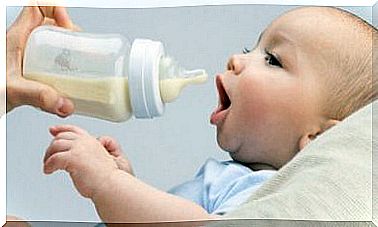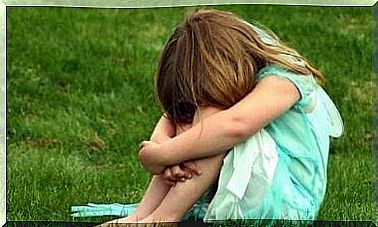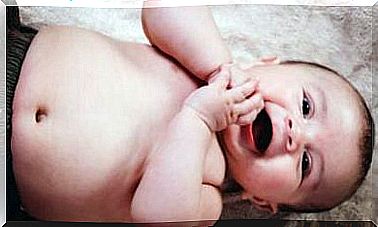What Is Attachment Disorder With Social Distance?
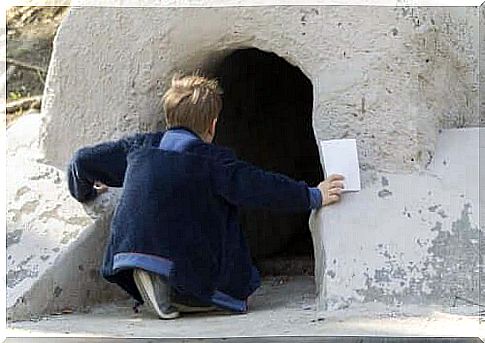
Parents want their children to have good social skills and be able to relate to others in a good way. However, a boundless and overly unhindered behavior towards strangers can sometimes indicate that a child suffers from what is known as Disinhibited Social Engagement Disorder (DSED ).
This disorder usually occurs during the toddler stage when a child is between 9 months and 5 years old. However, it may persist over time. What characterizes this attachment disorder is that a child is not afraid or anxious to initiate interactions with strangers, instead the child is completely uninhibited.
Want to know more about attachment disorder with social distance? Continue reading.
Characteristics of attachment disorder with social distancing among children
Children with this disease have indiscriminate social behavior. In other words , they do not feel any discomfort when it comes to contact with strangers at all and interact with them immediately, as if they knew them before.
This behavior complicates their relationship with other children and adults.
The disorder occurs in early childhood, between 9 months and 5 years. However, it may persist in subsequent stages.
Children with this disorder initiate contact with strangers. Because they are not aware of the dangers of talking to strangers or going out on their own, this behavior can endanger their lives.
These children are constantly looking for contact, even with strangers.
Diagnostic criteria for attachment disorder with social distance
The following are the diagnostic criteria for attachment disorder with social distancing according to DSM-V:
- The child exhibits behaviors that involve approaching strangers without mistrust or hesitation.
- The child has experienced a lack of care or connection to the main caregivers.
- The disorder occurs between 9 months and 5 years of age.
- This behavior must remain for at least 12 months. After the age of 4, the symptoms appear as constant attention-seeking and disproportionate expressions of love and affection.
Symptoms associated with attachment disorder with social distancing
Most symptoms are directly related to the child’s behavior in how it relates to others. It mainly has to do with how the child relates to other adults.
- Fearless of strangers.
- Interacts without inhibitions with adults who are not family members and who the child does not even know before.
- The child does not look for or express needs of his parents or caregivers in an unknown environment.
- The child usually walks away with strangers.
- Verbal and physically loving behaviors that do not match the child’s age and social norms.
Causes of attachment disorder with social distance
The cause may be a disorder in the attachment during early childhood where a child has not received proper care and affection.
Some theories also show that biological factors may be involved, in other words the child’s temperament and its regulation of expression of affection. According to these theories, changes in certain parts of the brain (hippocampus, amygdala, prefrontal cortex) may be responsible for these behavioral problems. However, there is still no clear evidence that these theories are true.
However, experts have observed several contributing causes to the disturbance, such as neglect and domestic violence. Living in an orphanage where there is a lack of affection and where the main caregivers are often replaced is also an important factor. In all these cases , the child cannot form healthy bonds with anyone, and as a result, the child may develop this disorder.
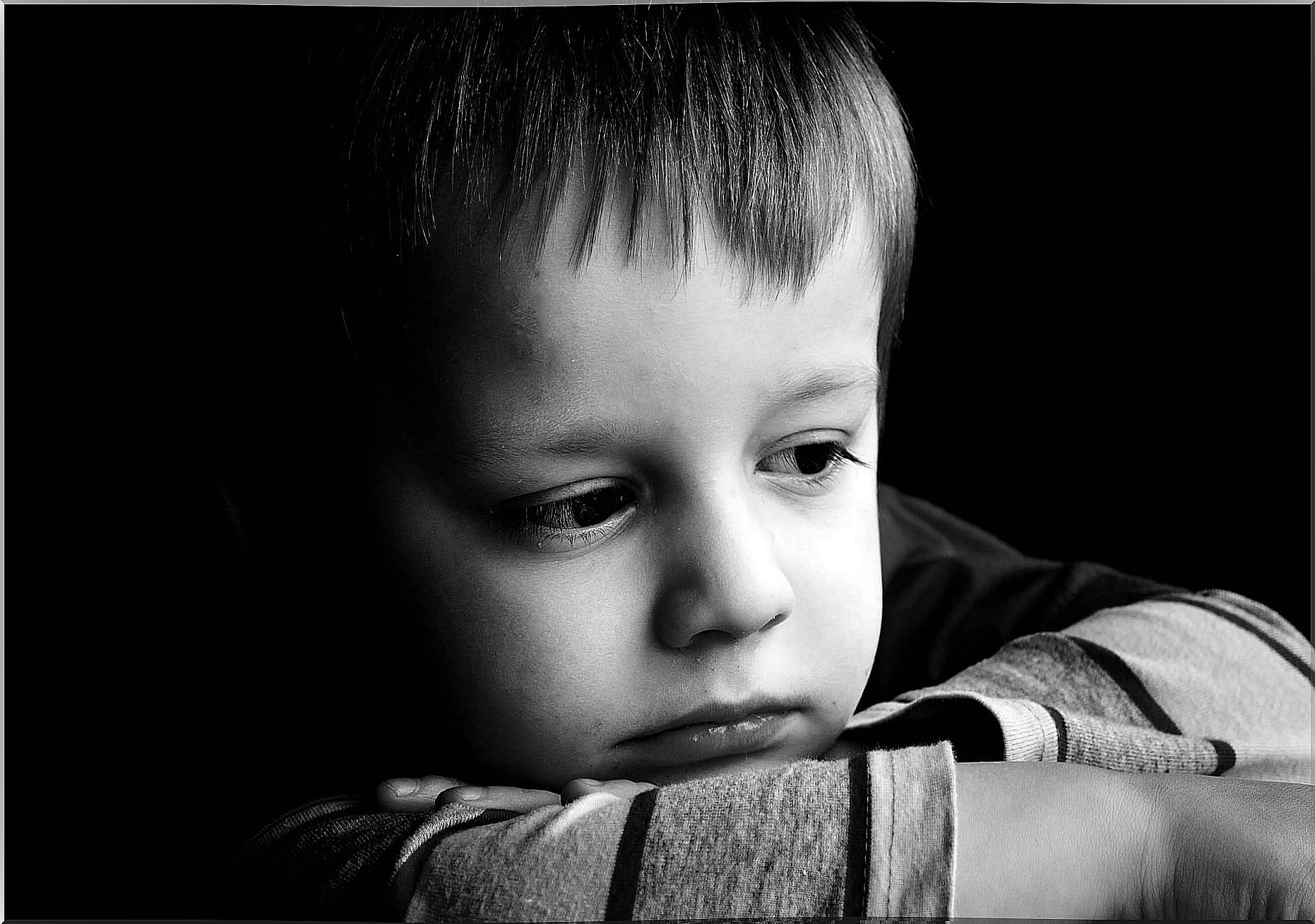
Treatment
It is best to offer the child a stable and secure relationship. Young children with the disorder have a completely distorted view of relationships. Therapists must therefore work with the parents as well as the child to create a positive interaction between both parties.
In this case, the goal is to change the parents’ behavior towards the child.
- For the parents, the therapist helps them to offer security, be emotionally accessible and act as stable attachment diversions.
- For the child, the therapist will work on reconstructing his or her sense of security to modify the attachment in a healthy and positive way.
Help for children suffering from attachment disorder with social distance
If you suspect that your child is suffering from this disorder, or have other problems, it is important to consult care. A trained psychologist will be able to make a more in-depth evaluation and recommend the right treatment.

